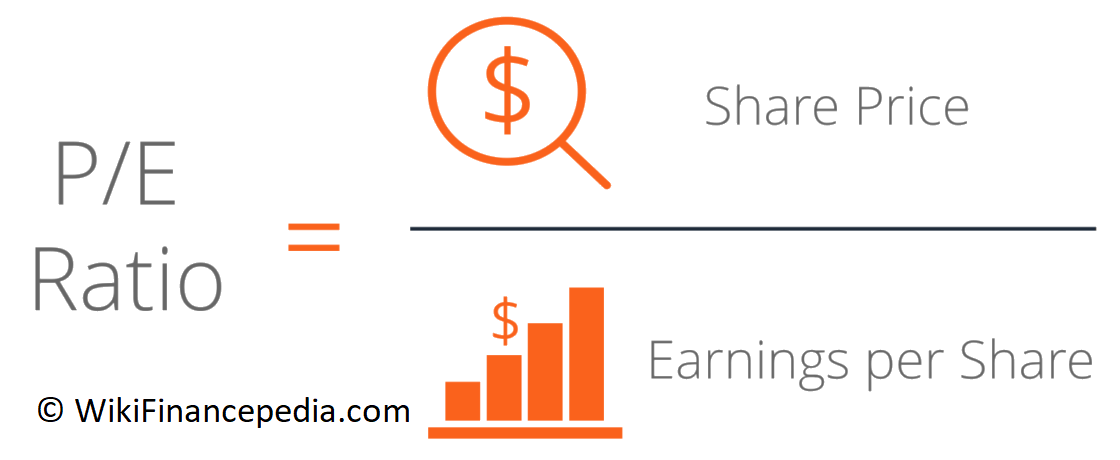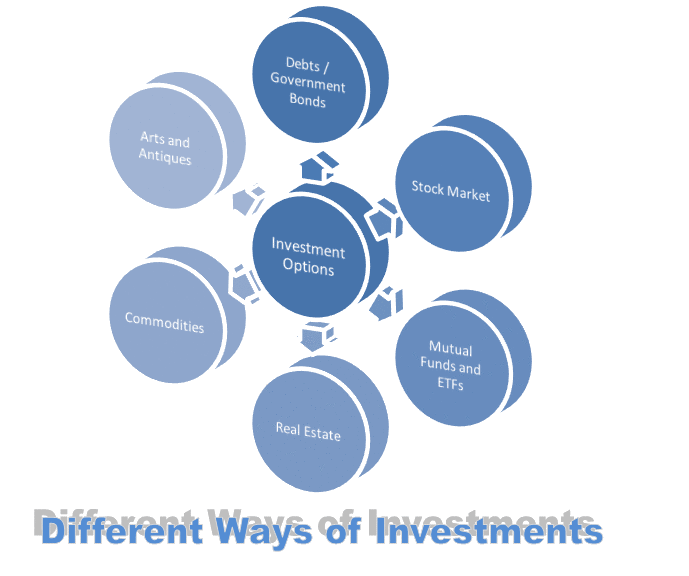The objective of any investor ought to be to get the best possible deal available when buying a stock. The better the deal, the higher the potential for profit. In this regard, both a company’s Price Earnings ratio and stock price can offer great understanding into whether the time is on the whole correct to purchase a given stock. Let us understand in detail about what does Price-to-Earning Ratio means? What Is the relationship between P/E Ratio and Stock Price? What is the P/E formula? Why the P/E Ratio Is Important? what is a good P/E Ratio?
What is a Price-to-Earning Ratio (P/E Ratio)?
The Price-to-Earning (P/E) ratio is calculated as a stock’s current traded price divided by its earnings per share (EPS) for a year period, for the most part the most recent a year, it can be referred as trailing a year or trailing 12 months. The greater part of the Price Earnings ratios you see for publicly traded stocks are an expression of the stock’s current price compared with its previous year (12 months) earnings.
P/E Ratio Formula:
P/E Ratio Formula is calculated by dividing “Current Stock Price” with “Earning Per Share (EPS).”
P/E Ratio Examples:
Price-to-Earnings Ratio Example-1: Let’s take a stock which is trading at Rs.40 per share with an EPS (Earning Per Share) of Rs.2 then what would be the P/E ratio of the stock? PE ratio would be 20 (Rs.40 divided by Rs.2).
P/E Ratio Example-2 : Company ABC India Ltd. may have reported earnings of Rs.10 per share, while company XYZ India Ltd. has reported earnings of Rs.20 per share. Both the stocks are selling at the price of Rs.50 on the stock market exchange. What does this mean? This means that company ABC India Ltd. has a price-to-earning ratio of 5, while company XYZ India Ltd. has a P/E ratio of 2.5. This means company XYZ India Ltd. is much cheaper than the company ABC India Ltd. An every intelligent investor should definitely choose to buy shares of XYZ India Ltd.
Why the P/E Ratio Is Important:
You probably do not need to calculate each company’s PE ratio, however you can do so only if you’re interested in particular stock, the “P/E ratio formula is price-per-share / earnings-per-share”. You can see how a low P/E ratio may grab the attention of investors. It could lead a intelligent investor to predict that the company’s stock might be undervalued and therefore a deal worth snapping up.
A lower P/E ratio means that investors are paying less per rupee of company earnings. So while there’s no rule or definite answers for the question “what is a good P/E Ratio?”, by and large, many financial investors consider that lower is better. On the off chance that you’re looking stocks that appear to be generally comparable and are in a similar business, the one with the lower P/E proportion could be a superior choice in the event that your goal is to buy underestimated stocks.
Why You Shouldn’t Rely on the P/E Ratio:
It’s a brilliant idea to take the P/E proportion while comparing the stocks for sure. For a certain something, an organization with a high proportion could have a legitimate reason behind that numbers. Financial investors or specialists may pay even more since they are especially bullish about that organization’s prospects. An organization with high improvement prospects could have a high Price-to-Earning ratio and still it can be the best choice to buy the stock. So it’s always worth doing additional research before buying stocks – not just focusing in on the P/E proportion.
Conclusion:
The essential thing to recall when considering P/E proportions as one of the parameter of your stock analysis. It is to consider what premium you are paying for an company earnings today. Likewise, compare the companies with its same industry to see its relative valuation to decide if the premium is really worth. Hope you would now have good understanding on what is a Price Earnings Ratio means along with its formula, examples and what is a good P/E Ratio.







